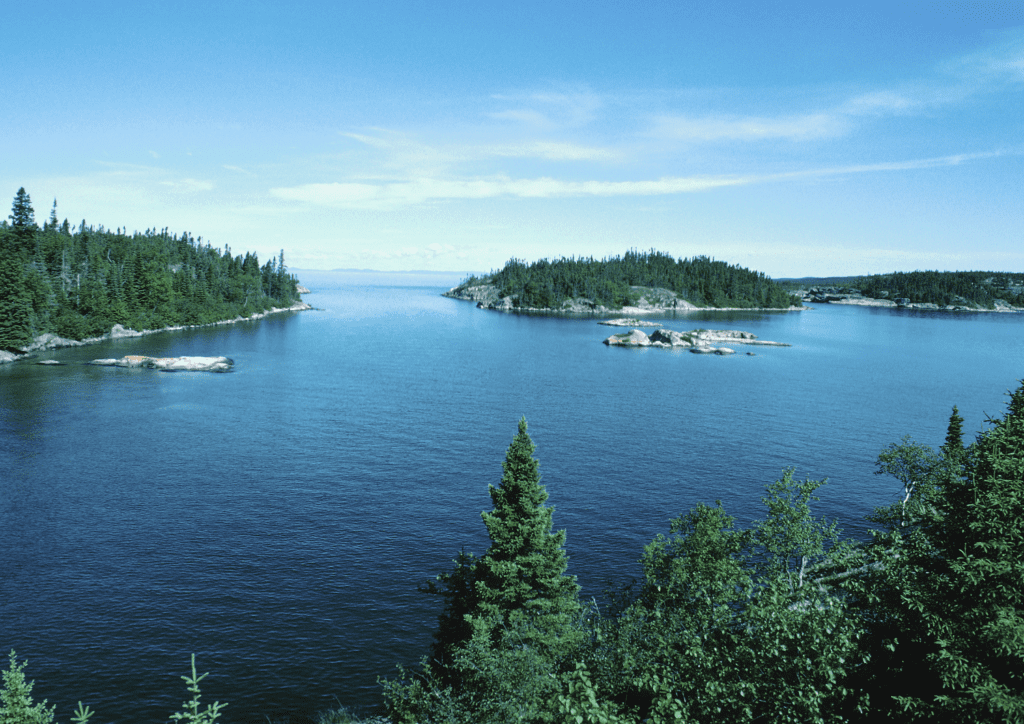By Anastasia Lintner, Lintner Law and Nancy Goucher, Environmental Defence
Last Thursday, the Government of Ontario filed a new regulation that, commencing on January 1, 2015, will stop diversions of water from one Great Lakes watershed to another (save for well-defined exceptions). With this new regulation, Ontario has finally fulfilled its commitments under an agreement we have with Quebec and the U.S. Great Lakes states, so that both Canadian and U.S. jurisdictions must follow strict standards and procedures should they want to move major amounts of water within or outside of the Great Lakes-St. Lawrence River Basin.
The Great Lakes may seem like a limitless resource (we often hear that these lakes hold almost 20 per cent of the world’s available surface freshwater), but in reality, these water bodies are not as stable as some might like to think. About 99 per cent of the water we see is left over from when the glaciers melted some 10,000 years ago. That means only one per cent of the water in the lakes is renewed annually. If more than that leaves the system in a year, water levels will decline. That’s why we need to guard our water supplies and carefully control how much water we artificially move between watersheds.
For decades, creative entrepreneurs have been devising schemes to divert or transfer water from the Great Lakes to drier parts of the world. There was a plan that involved filling large balloons of Great Lakes water to send to China. Another proposal suggested building a series of canals to move water from James Bay to the Great Lakes, on its way to the United States. Then there is Waukesha, Wisconsin, a community that straddles the Great Lakes basin. They want access to Great Lakes water to help supplement its own dwindling supply of good quality water.
So that is why the Ontario Great Lakes community is celebrating this really important moment in history.
For Ontario specifically, January 1, 2015 is an important date because it is when the new regulation and previously made amendments to the Ontario Water Resources Act will come into force. This regulation allows the agreement we have with Quebec and the Great Lakes states to be fully implemented. So beginning in the New Year, there will be stricter requirements for anyone that wants to divert water (or increase the amount of water they are already taking) from one of the Great Lakes watersheds to another. Those requirements include demonstrating that the diversion cannot be avoided by enhancing water conservation efforts and that the hydrological integrity of the watershed that will supply water will not be negatively impacted. Even better news is that now there will be greater opportunity for all governments and the public to have a say in what happens to water across the Great Lakes-St. Lawrence River Basin. Lastly, all decisions that are made must be done to “protect and restore the integrity” of the Basin. This is quite powerful stuff.
We are looking forward to continuing to work with the provincial government to improve watershed management within the Basin. Now that a major gap in guarding Great Lakes water supplies has been filled, we look forward to seeing gaps in water quality protection addressed through strengthened Great Lakes legislation, which we hope will be re-introduced very soon.







